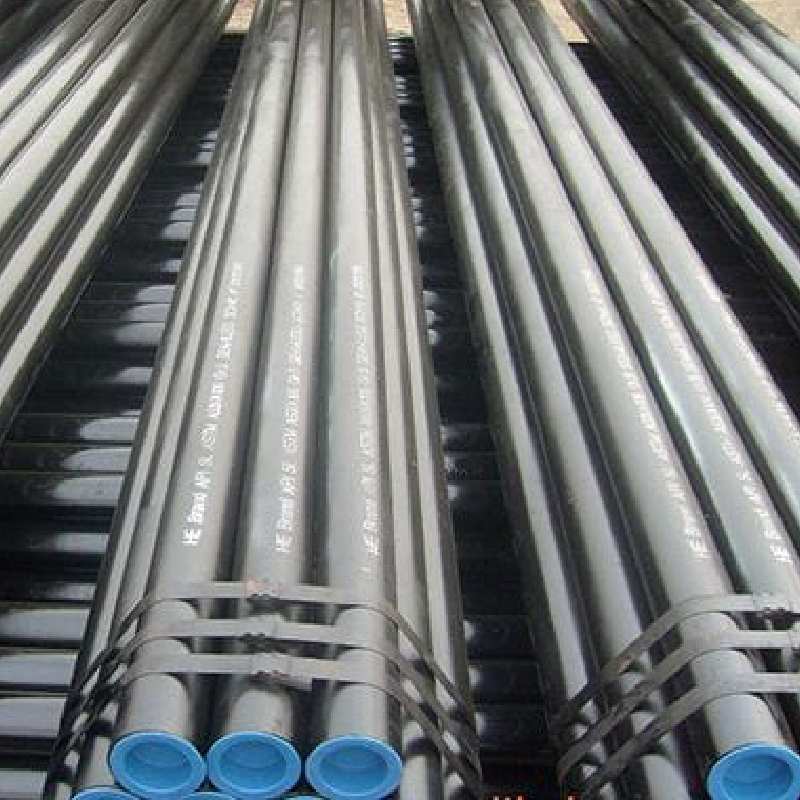-
Cangzhou Yulong Steel Co., Ltd.
-
Phone:
+86 13303177267 -
Email:
admin@ylsteelfittings.com

Nov . 18, 2024 12:43 Back to list
flange ansi 1500
Understanding Flanges A Focus on ANSI 1500 Flanges
Flanges are an essential component in piping systems, providing a means to join pipes, valves, pumps, and other equipment together. One particular standard that is widely referenced in industries such as oil and gas, water treatment, and power generation is the ANSI (American National Standards Institute) flange specification, specifically the ANSI 1500 class flange. Understanding ANSI 1500 flanges is crucial for engineers, purchasing professionals, and maintenance personnel involved in design and operation of fluid systems.
What is ANSI 1500?
The designation ANSI 1500 refers to the pressure class of the flange, which indicates its maximum allowable working pressure at specific temperatures. ANSI 1500 flanges are designed to withstand pressures up to 1500 psi (pounds per square inch). This makes them suitable for applications where moderate to high pressure is prevalent. The ANSI B16.5 standard dictates the dimensions, materials, and testing of flanges, making this a reliable choice for engineers and designers.
Material Specifications
ANSI 1500 flanges can be constructed from a variety of materials to suit the operational environment. Common materials include carbon steel, stainless steel, and alloy steels. The choice of material significantly affects the flange's performance, including its strength, corrosion resistance, and temperature tolerance. For example, stainless steel flanges are often preferred for corrosive environments due to their high resistance to oxidation and rust.
Types of ANSI 1500 Flanges
There are several types of ANSI 1500 flanges, including
1. Weld Neck Flange This type is often used in high-pressure applications due to its strong and robust design. The neck allows for welding to the pipe, providing a smooth transition for the flow of the medium.
flange ansi 1500

2. Slip-On Flange Easier to install than weld neck flanges, slip-on flanges are placed over the pipe and then welded in place. They are suitable for applications with less severe pressure and temperature conditions.
3. Blind Flange Blind flanges are used to seal the end of a piping system. They are a good choice when future access is not required, as they do not have a central bore.
4. Socket Weld Flange Ideal for smaller diameters, socket weld flanges are inserted into the socket of the flange and then welded. They are often used in high-pressure systems.
5. Lap Joint Flange Typically used in conjunction with a stub end, lap joint flanges are beneficial for applications requiring frequent dismantling and assembly.
Installation and Maintenance
Proper installation of ANSI 1500 flanges is critical to ensure leak-free performance. The surfaces of the flanges must be clean and smooth, and appropriate gaskets should be used to prevent leaks. Bolting must be done evenly, and care should be taken to follow the manufacturer’s recommendations for torque specifications.
Maintenance of ANSI 1500 flanges often involves regular inspections for signs of wear, corrosion, or leakage. If any issues are detected, immediate action should be taken to prevent catastrophic failures that could lead to safety hazards or downtime.
Conclusion
In conclusion, ANSI 1500 flanges are crucial components in various industrial applications, capable of handling significant pressures while ensuring the integrity of piping systems. Understanding their types, material characteristics, and proper installation practices is essential for anyone dealing with high-pressure fluid systems. By investing in quality ANSI 1500 flanges and adhering to best practices, industries can achieve reliability, safety, and efficiency in their operations.
Latest news
-
ANSI 150P SS304 SO FLANGE
NewsFeb.14,2025
-
ASTM A333GR6 STEEL PIPE
NewsJan.20,2025
-
ANSI B16.5 WELDING NECK FLANGE
NewsJan.15,2026
-
ANSI B16.5 SLIP-ON FLANGE
NewsApr.19,2024
-
DIN86044 PLATE FLANGE
NewsApr.19,2024
-
DIN2527 BLIND FLANGE
NewsApr.12,2024
-
JIS B2311 Butt-Welding Fittings LR/SR 45°/90° /180°Seamless/Weld
NewsApr.23,2024
-
DIN2605-2617 Butt-Welding Fittings LR/SR 45°/90°/180° Seamless/Weld
NewsApr.23,2024











